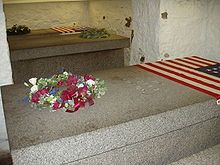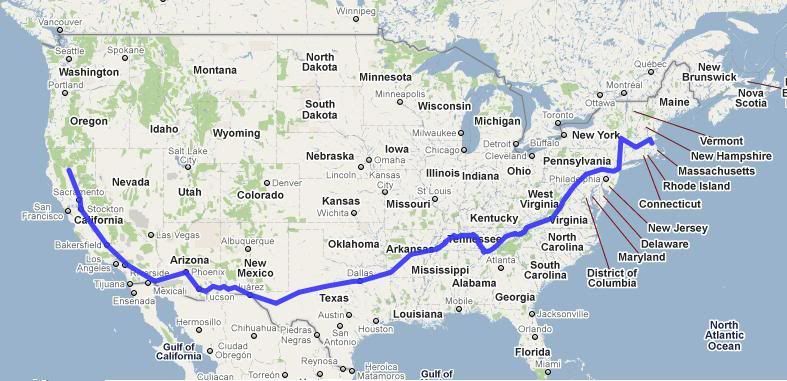Olonne-sur-Mer to Redon (123 miles)
Le. Tour. De. France.
More exciting than you thought eh? Especially if you are rooting for or against Contador who’s team did much better than expected, finishing 8th after starting in last (22nd) position, but still didn’t advance his standing materially.
At the end of yesterday’s Team Time Trials, Contador advanced from 82nd to 75th by rank but added 22 Seconds to his time deficit. Among the contenders ahead of him are Thor Hushovd (1st), Cadel Evans (3rd) and Andy Schleck (10th).
All the riders that got dropped managed to struggle across the finish under the +30% cutoff time so we will start all 198 of them today with no withdrawals so far. This is actually not so bad as there’s usually a lot of early carnage.
Today’s stage is considered a sprinter’s course so you’ll see several attempted break aways most of which will be easily reeled in by the Peloton if they look likely to succeed. There’s just the one sprint checkpoint this year so it’s barely possible that some team managers will be complacent and let things get out of hand. The expected result is that teams will cut their best sprinters loose to finish as high in the points as they can and use the second stringers to drag their General Classification hopefuls across the line in a bunch.
Bottom line is that barring accidents you’ll see movements of 10s of Seconds or so, not earth shattering changes. Saxo Bank might be lured into attempting something (which would be a mistake in my opinion) since they looked pretty desperate yesterday.
I’m extraordinarily pleased we’ve been joined by BruceMcF as a commenter since he seems to understand cycle racing much better than I do. Here’s his explanation of double jerseys for the competition outside the maillot jaune General Classification/Overall lowest time-
Phillipe Gilbert wears the Green Jersey tomorrow ~ it was his today, but if you hold two or three, you wear the highest ranking, so Evans, second in the GC (Yellow) and Points (Green) competition wore the Green Jersey.
That mostly happens in the first week ~ by the time they hit the mountains, the Green Jersey contenders will be half an hour behind on the GC (Yellow) competition, and the serious King of the Mountain (polka dot) contenders will deliberately dump time so they will be allowed to get away on a breakaway through a big mountain stage.
The main “double jersey” situation in the second and third weeks is if a Young Rider (White) holds yellow, since white jersey is counted on time just like the yellow jersey.
Coverage starts at 8 am on Vs.
- Jada Yuan Previews the Hell Out of the Tour de France in the New Yorker, 7/1/11 at 2:00 PM
- Le Tour 2011 official site
- Your The Stars Hollow Gazette Le Tour coverage tags-

 On this day in 1826,
On this day in 1826, 

 The “park” and its benches are open. It is quite a liberal place, very liberal in fact and not ashamed to say so. We hope to give a space to those who want to feel comfortable expressing their views and ideas, a comfortable place for give and take, discussion, agreement and disagreement. None should expect a Utopia, we all have our own views and ideas, there will always be conflicts and opposition.
The “park” and its benches are open. It is quite a liberal place, very liberal in fact and not ashamed to say so. We hope to give a space to those who want to feel comfortable expressing their views and ideas, a comfortable place for give and take, discussion, agreement and disagreement. None should expect a Utopia, we all have our own views and ideas, there will always be conflicts and opposition.  (Right: Liberty Line) The Steel Interstate proposal is an effort to build Rapid Electric Freight Rail Tollways across the country ~ east to west and north to south ~ to:
(Right: Liberty Line) The Steel Interstate proposal is an effort to build Rapid Electric Freight Rail Tollways across the country ~ east to west and north to south ~ to: 
Recent Comments